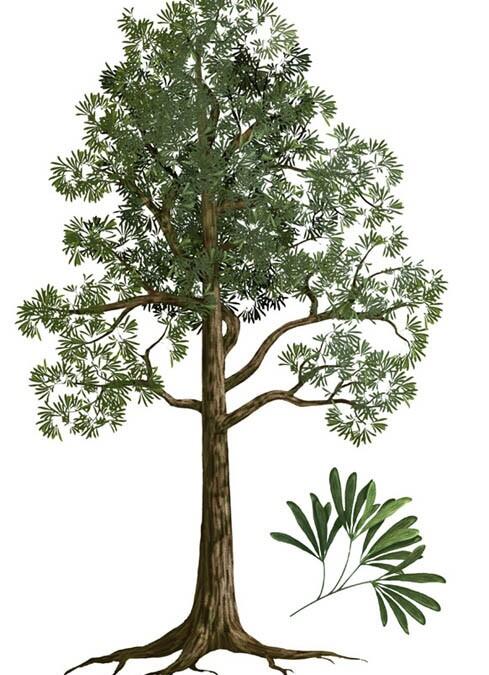The Glossopteridales arose in the Southern Hemisphere around the beginning of the Permian Period (298.9 million years ago). Their distribution across several, now detached, landmasses led Eduard Suess, amongst others, to propose that the southern continents were once amalgamated into a single supercontinent Pangea. These plants went on to become the dominant elements of the southern flora through the rest of the Permian but disappeared in almost all places at the end of the Permian (252.17 million years ago). The only convincing Triassic records are very earliest Triassic leaves from Nidpur, India but even these records are somewhat questionable owing to faulting and complex juxtapositioning of Permian and Triassic strata at Nidpur. Although most modern palaeobotany textbooks cite the continuation of glossopteris into later parts of the Triassic and, in some cases into the Jurassic, these ranges are erroneous and are based on misidentification of morphologically similar leaves such as Gontriglossa, Sagenopteris, or Mexiglossa. Glossopterids were, thus, one of the major casualties of the end-Permian mass extinction event. More than 70 fossil species of this genus have been recognized in India alone, with additional species from South America, Australia, Africa, Madagascar and Antarctica. Essentially, Glossopteris was restricted to the middle- and high-latitude parts of Gondwana during the Permian and was an important contributor to the vast Permian coal deposits of the Southern Hemisphere continents. Most northern parts of South America and Africa lack Glossopteris and its associated organs. However, in recent years a few disparate localities in Morocco, Oman, Anatolia, the western part of the island of New Guinea, Thailand and Laos have yielded fossils that are of possible glossopterid affinity.











